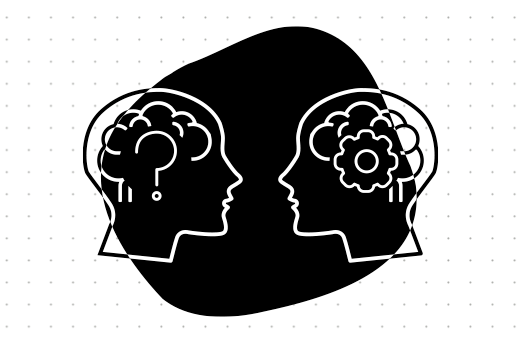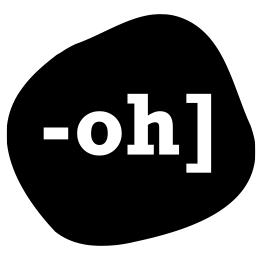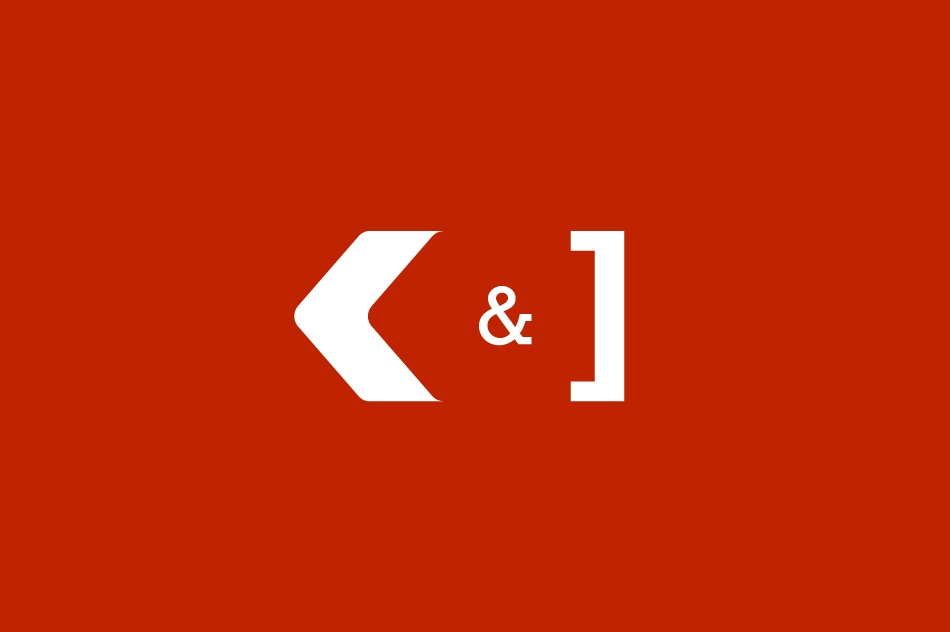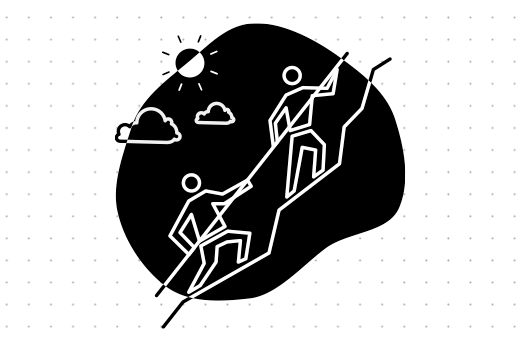Filter by category
When embarking on the development of a software product for your business, on-point decision-making is critical. Setting the right course for your product, pinpointing the needs it answers on the market, thinking about the target it will serve, and setting clear objectives are all crucial to its success. Of course, it takes two to software-tango, and your development team should support you in defining all business and software aspects. However, you’re the one setting the tone, and for that, you need a clear, unbiased vision.
The most successful leaders base their decisions on a mix of research, experience, deliberate reasoning, and instincts. Still, countless studies have shown that cognitive biases are hardwired into the human brain. Thus, even the most seasoned business individuals sometimes get their decisions derailed by these cognitive biases, especially in high-stress, high-fatigue situations. The risk is even higher for those who think they are immune. The antidote? Recognize that you are a business-human too and learn to bypass those faulty judgments and predictions.
What are cognitive biases?
The public unmasking of cognitive biases started in the 70s, when psychologists Amos Tversky and Daniel Kahneman tackled prejudices from an economic perspective, paving the way to behavioral economics. Through several experiments, the two social scientists surfaced more than 20 breakdowns in rationality. Their findings were so compelling that the two were awarded the Nobel Prize in Economics in 2002, although Tversky didn’t live to enjoy the recognition. Daniel Kahneman went on to write the global bestseller Thinking, Fast and slow in which he summarized their findings and dwelt further with the most common pitfalls of human thinking.
Since the 70s, the field has advanced tremendously. Today, it’s a scientifically respected fact that cognitive biases are fallacies and systematic errors that override decision making. What is even more unfortunate is that these biases are inherently human and happen at an unconscious level. In business and software developments, these biases can completely shift the course of products; that’s why we need to stop, pause, and think outside the bias-box.
While Daniel Kahneman remains slightly skeptical about our abilities to bypass this hindsight in reason, other respected scientists, such as psychology professor Richard E. Nisbett, are outlining fresh approaches that spark a light at the end of the business tunnel. Even Daniel Kahneman says that:

“Others can perceive our errors more readily than we can.”
And we believe this is precisely the point of having a software development team that is ready to communicate with you transparently.
Common biases in business and how to avoid them
Confirmation Bias
Considered to be one of the most pervasive and dangerous cognitive biases, the confirmation bias has business leaders looking for evidence or research that backs-up what they already believe or think to be true. In this context, more weight is given to ideas that support their initial hypothesis, and counter-thought is discounted or even ignored.
While the bias can appear in all life’s spheres (from daily choices to political decisions), in business it can hinder the success of a future product. For example, in case you want to build a software product and you approach a development team with a set of pre-established ideas, you might dismiss any opinion that diverts from your initial concept.
One of the easiest (but not simplest!) ways to bypass this bias is by partnering up with a software development team you trust and weigh their opinions equally to yours. Conducting a Discovery Phase can help clarify the picture. And, remember, if research results bet against your initial vision, maybe there’s something to reconsider.
Optimism Bias
Broadly speaking, the optimism bias is the tendency to overestimate the probability of positive outcomes and underestimate the likelihood of adverse events. While “optimism” is viewed as a highly desirable lens in our society, relying too heavily on “the bright side” can harm future projections. In business, one of the manifestations of the optimism bias is the planning fallacy, in which business individuals focus more on the benefits of a product, and underestimate costs and deadlines.
It’s easy to get enthused by challenging projects, and software products make no exception. But if you want your business to leverage real benefits from developing such a product, you must plan accordingly and realistically. A “yes, we can!” attitude defines successful business people, but only if a strong root balances it in reality. Daniel Kahneman proposes teams to imagine a project that has gone awry and write a couple of paragraphs as to why and how it happened, to help members think ahead.
From a software product stand-point, a Product Engineer can help to balance the business perspective with the development goals and fine-tune estimates always to hit the mark. After all, a positive outlook on a project should mean the willingness to find better solutions to problems instead of ignoring potential mismatches.
Narrow Framing
Narrow framing is a typical case of “didn’t see the forest for the trees.” In essence, tight framing blinds business people into making decisions based solely on a given context and overlook the bigger picture. However, no matter how attractive a particular state of affairs might seem, there are always benefits in taking a step back.
In the case of product development, if you focus your attention only on specific details, there’s a big risk of ending up with a quality-skewed product. To build reliable products, businesses and development teams must zoom out and create expectations, goals, and requirements with a full-picture. Business goals, development goals, and UX/UI design goals are not separate endeavors. In fact, these all converge to the best outcome of a software product. A Design Sprint can help everybody gain a better understanding of the path ahead and lead to a functional prototype.
Loss Aversion
According to Daniel Kahneman, “Losses loom larger than gains. And we have a pretty good idea of how much they loom larger than gains, and it’s by about 2-to-1”. That means that people prefer to avoid losing a specific thing/amount to winning that same thing/amount. While this approach might seem the right one, it can lead to business stagnation. Because without taking some calculated risks, there can be no innovation.
This particular bias is closely connected to reputational costs. Usually, individuals build their reputation on their successes and consider that any loss can be detrimental to their right image. However, it’s no secret that some of the most successful businesses in the world today were built on failures. In fact, failures can be good for business, as long as the losses get transformed into lessons learned. We’re not advocating, in any way, for taking uncalculated risks. Instead, we’re encouraging clients to courageously discover new grounds when the winnings are indeed worth the risks. In this case, multi-functional teams can help you tackle risks from both a business and a development perspective, bypassing loss aversion, and courageously aiming for innovative software products.
Bye, bye, business bias!
The way we process and analyze business information is fundamental in decision making and product development. Although cognitive biases are deeply wired in the way our brains evolved, there are specific ways in which we can bypass them and steer to more rational judgments in business. To say that any individual is free from bias is to say they have eluded human evolution and, well, that’s not possible.
It takes a conscious effort to recognize your own biases and reach out to your extended product development team to surpass them. We’ve only scratched the surface of cognitive biases, as the list extends to almost 200. Recognize any? Let us know in the comments below.





